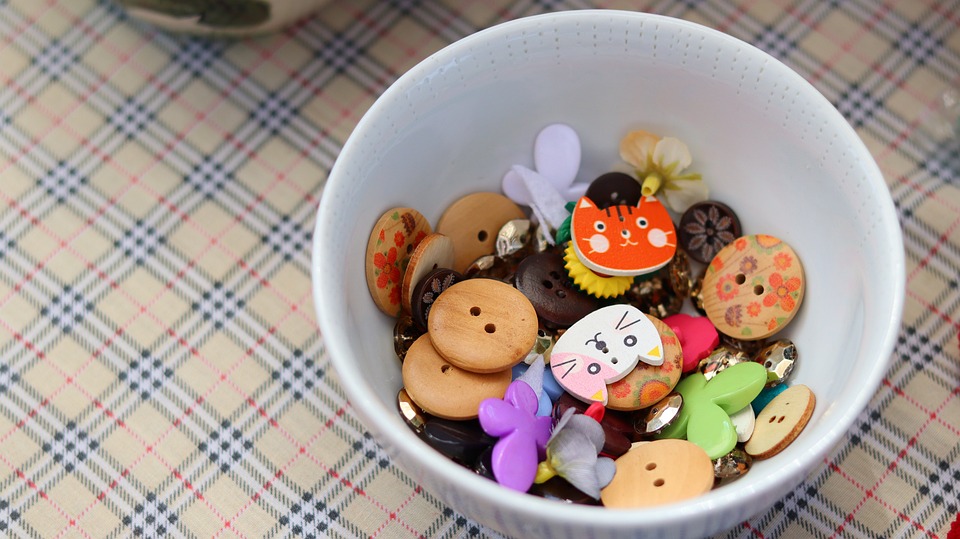When it comes to fastening garments, hook buttons are a timeless and versatile option. These small, sturdy closures have been used for centuries to secure clothing, from traditional Chinese garments to modern-day pants and jackets. But where did hook buttons originate, and how have they evolved over time?
The history of hook buttons dates back to ancient China, where they were used to fasten the intricate robes worn by the ruling elite. These early hook buttons were made of materials such as bone, ivory, and metal, and were often exquisitely decorated with intricate designs and symbols.
Over time, the use of hook buttons spread to other cultures and regions, as travelers and traders carried them to different parts of the world. In Europe, hook buttons became popular during the Renaissance period, where they were used to fasten the elaborate clothing worn by the aristocracy. The buttons were typically made of metal and were often adorned with precious stones or pearls.
As the industrial revolution took hold, the production of hook buttons became more standardized, and they began to be mass-produced in factories. This made them more affordable and accessible to people from all walks of life. By the late 19th and early 20th centuries, hook buttons had become a common feature on garments such as trousers, skirts, and jackets.
In the modern era, hook buttons continue to be a popular choice for fastening clothing. They are often used in combination with other types of closures, such as zippers or snaps, to provide additional security and a polished look. Today, hook buttons are typically made of metal or plastic and are available in a wide range of sizes, shapes, and designs to suit different fashion styles and preferences.
In recent years, there has been a resurgence of interest in traditional clothing construction techniques, including the use of hook buttons. Many fashion designers and clothing brands are incorporating these classic closures into their designs, giving them a fresh and modern twist. This has helped to highlight the timeless appeal and versatility of hook buttons, making them a staple in contemporary fashion.
As we continue to embrace the beauty of craftsmanship and heritage in fashion, it’s clear that hook buttons will remain a beloved and enduring feature in our wardrobes. Whether used to fasten a vintage-inspired coat or as a decorative accent on a tailored suit, hook buttons are a reminder of the rich history and evolution of clothing fastenings. And as fashion continues to evolve, we can expect hook buttons to remain a cherished and essential component of our wardrobe for years to come.

